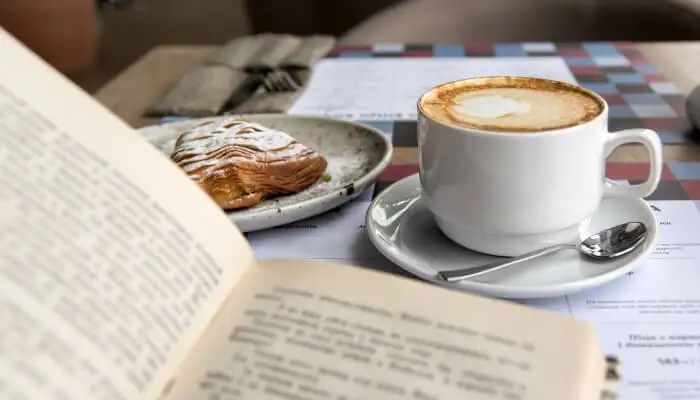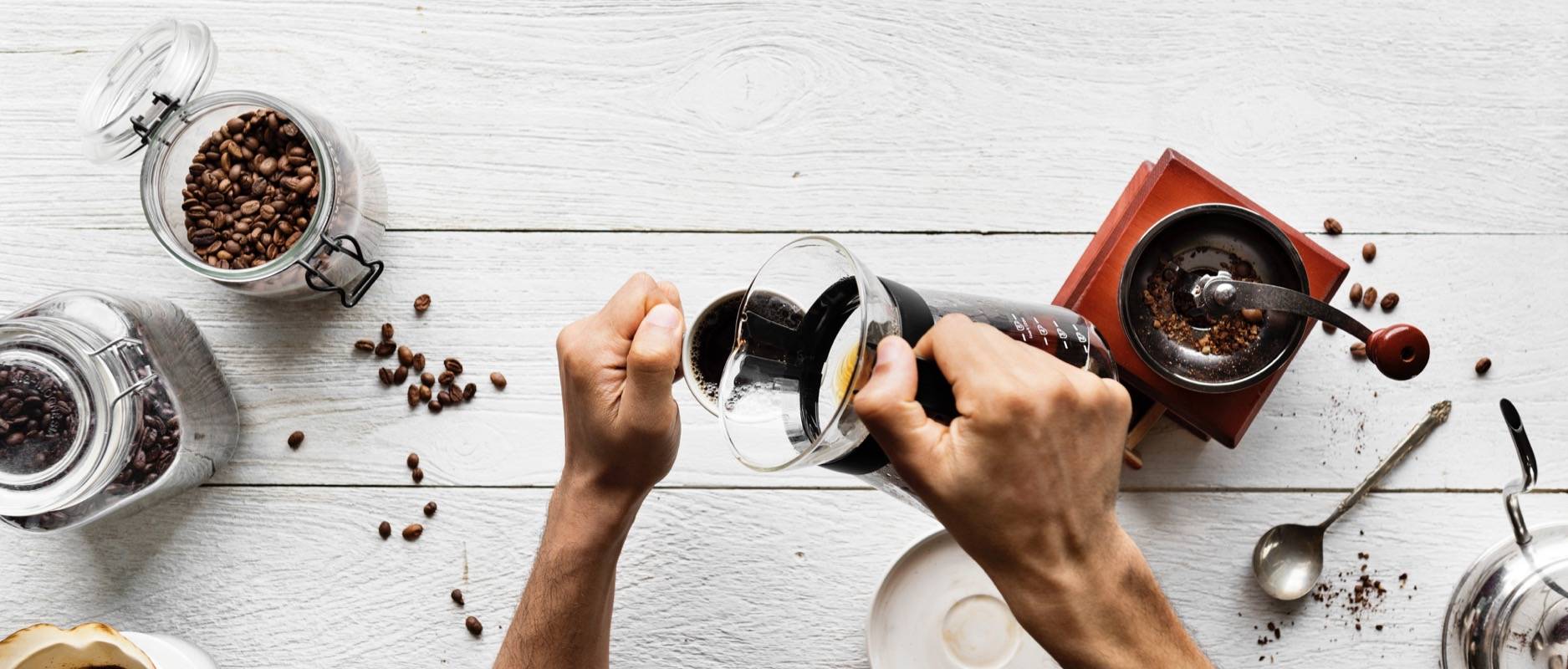
How do you like your cup of Joe? Bitter and strong? Earthy and sweet? Bright and citrusy? As one of the most popular beverages in the world, coffee can be prepared and enjoyed in hundreds of different ways.
The type of coffee you use may not be the only factor influencing the taste of your coffee; the coffee machine you use to brew it may also have an impact. The quality of your brewer can make a significant difference in the flavor. Even if you use the same beans that are equally fresh, the coffee you brew will not taste the same with each coffee machine. It is, therefore, preferable to conduct extensive research on espresso machines before purchasing one for yourself. Learn more about espresso machines and other kinds before you make a decision.
Now, if you call yourself a true coffeeholic, then you most certainly have certain standards for your coffee! In this dedicated guide, we’re providing 7 useful tips to help you choose the perfect, freshest coffee. From origin selection to the type of roast, this beloved drink will have no more secrets for you!
 1. Brewing method
1. Brewing method
The first step in determining the right coffee for you is to know your preference. Do you fancy yourself an espresso lover, or do you prefer filter coffee and blended concoctions? Each preparation requires its own type of beans, so having an idea of what you like is bound to make the selection process easier. So, before deciding on a particular method, make it a point to sample different kinds of coffee preparations to see what your taste buds respond to the most.
2. Arabica vs. Robusta
These are the two main family varieties of coffee beans cultivated and produced worldwide. On the one hand, Arabica is the most popular kind. Found in most coffee shops, it’s characterized by a rich, delicate flavor and low acidity, which is suitable for an everyday drink. On the other hand, Robusta beans have more acidity and a bitter flavor due to their growing conditions in harsher, less wet climates. This isn’t something all coffee drinkers will appreciate.
3. Place of origin

Where the coffee plant is grown makes a tremendous difference in its overall quality and flavor, hence the importance of checking the beans’ origins. As the coffee aficionados at nomadcofffeeclub.com explain, each country in the world produces coffee with different taste characteristics. Whether you buy your own beans or receive weekly packages from a coffee subscription service, here are the main tasting profiles of different beans to help you choose:
- Central America – Smooth, fruity, nutty, bright, and acidic
- South America – Mellow, slightly sweet, with hints of honey
- Africa – Fruity, floral, with hints of berry and wine
- Asia – Rich, woody, and earthy.
4. Single-origin vs. blend
Next, consider whether to go for single-origin or blended beans. The term “single origin” refers to coffee that comes from one place; it has its own distinctive character and flavor, and may not be too complex or balanced in taste. Single-origin beans will suit those who like their coffee plain and black. By contrast, blended coffee is a specially designed mix of beans from different origins; it’s heavier, has better complexity and depth of flavor, and pairs better with milk, cream, and sweeteners.
5. Processing
The methods for processing coffee beans vary and also affect the taste in the final cup. Beans can either be washed or natural. Washed or wet-processed beans have had the pulp of their cherries (or pits, since coffee beans are fruits) removed, before undergoing a stage of fermentation.
The result is a bright, sweet, rich coffee. By contrast, natural beans are dried with the cherry as it, allowing its flavor to seep into the different layers. They produce bold, wine-like coffee with delicious flavors. So, trying various processing styles will help you determine which one you like best.
6. Roast level

The roast profile not only affects the coffee’s flavor but its overall “strength” and caffeine content as well. Basically, roasting is a process that helps bring out the beans’ flavor for optimal taste and richness. Experimenting with roast types is a great way to choose the ideal coffee. You could also do this at home with the help of domestic coffee machines melbourne or elsewhere. Here are the three main types of roasts and their characteristics:
- Light Roast – Shortest amount of roasting, light brown in color, high acidity, and highest caffeine content.
- Medium Roast – Average roasting time, brown in color, toastier flavors, and medium caffeine content.
- Dark Roast – Roasted for the longest, shiny dark brown color, bitter, least amount of caffeine.
7. Taste notes
Taking into consideration the brewing method, place of origin, processing, and degree of roasting, no two coffees will ever taste the same. Take, for instance, these two kinds of coffee beans – ethiopian coffee beans and Colombian coffee beans. While Ethiopian coffee is known for its floral acidity and intense flavor, the Colombian profile brings together a mellow acidity and caramel sweetness, perhaps with a hint of nutty notes.
That said, at the end of the day, it will take a great deal of trial-and-error to find the best coffee that delights your senses. By paying attention to all these factors, reading labels, and selecting high-quality beans, you’re bound to take your coffee drinking experience to a whole other level!

